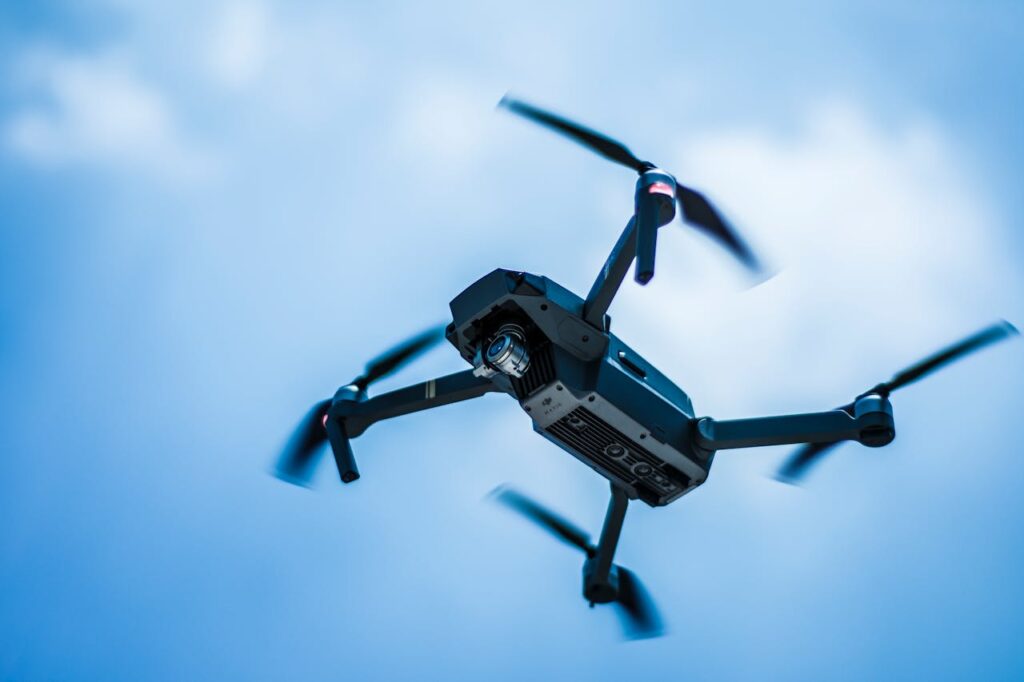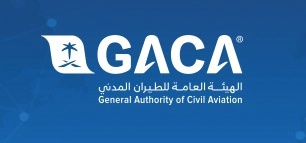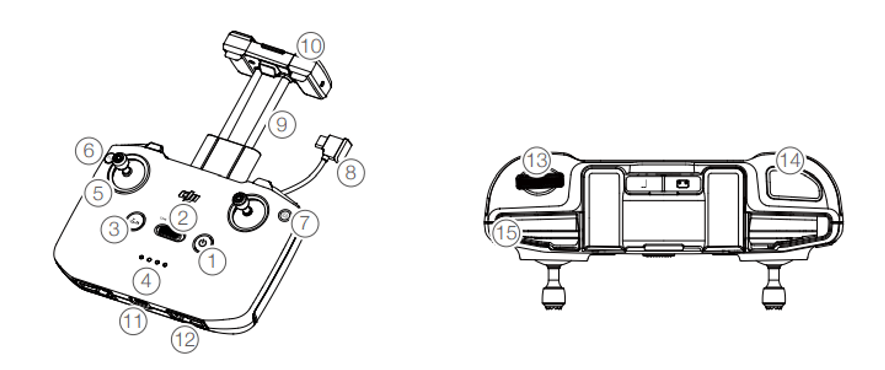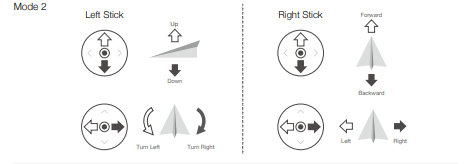The Ultimate beginner Guide for Drone Photography in 2024

Have you ever marvelled at stunning aerial photos and wondered how you could capture such breathtaking views? Welcome to the ultimate beginner guide for drone photography in 2024! Whether you’re a hobbyist looking to explore the skies or a professional aiming to expand your photography repertoire, this guide will equip you with everything you need to know about drone photography in Saudi Arabia.
Drone photography has evolved significantly, and with the right knowledge and tools, you can take your aerial photography to new heights. We’ll cover everything from legal requirements to technical tips, ensuring you’re well-prepared to embark on your drone photography journey.
Ready to elevate your real estate photography game? Let’s dive in!
Table of Content:
Essential Legal Documents to Use Drones in Saudi Arabia
Understanding the legal framework for drone usage in Saudi Arabia is crucial. Let’s dive into the licenses and registrations you need to get started.
How to Choose What Types of License You Need and What Are the Requirements to Extract One
Recreational License
If you’re flying drones for fun or personal use outside of the city, a recreational license is what you need. The requirements typically include passing a Basic knowledge test part 101, registering your drone, and following specific flight rules. The process is designed to ensure that recreational drone pilots are aware of basic safety protocols and the legal constraints of flying drones. This involves a simple registration process with the General Authority of Civil Aviation (GACA) and a small fee.
Commercial License
For those using drones for business purposes, a commercial license is required. This involves Basic knowledge test part 107 and training, including a detailed understanding of airspace regulations, flight operations, and safety procedures. The commercial license ensures that operators can handle drones responsibly and understand the implications of using drones for commercial activities, such as photography services, surveying, and inspections. You will need to provide documentation, such as commercial registration, and pass both theoretical and practical exams.
What Are the Different Types of Registrations
Recreational Registration
Recreational drone users must register their drones with the General Authority of Civil Aviation (GACA). The process involves providing your personal information, drone details, and paying a small fee. This registration ensures that the authorities can track drone usage and enforce regulations. It’s a straightforward process, typically completed online, and helps promote accountability among drone pilots.
Commercial Registration
Commercial registration is more comprehensive, requiring proof of your commercial license, detailed drone specifications. This type of registration is necessary to ensure that commercial drone operations meet higher safety and operational standards, given the increased risks and responsibilities involved in commercial activities. This process also includes submitting documents such as commercial registration and ensuring compliance with additional safety protocols.

Choosing the Right Drone for You
Selecting the perfect drone is essential for capturing high-quality aerial photos and videos. Here’s how to choose based on your needs.
How to Choose Through the Different Types of Drones (Photos and Video)
Beginner Drones
Ideal for those new to drone flying, beginner drones are affordable, easy to control, and often come with built-in cameras. They are perfect for learning the basics and capturing decent quality photos and videos. These drones typically feature user-friendly interfaces, automated flight modes, and essential safety features like GPS and return-to-home functions. My favourite brands that i encourage you to but is DJI which offer excellent options for beginners that strike a balance between functionality and ease of use.
Professional Drones
For serious photographers and videographers, professional drones offer superior camera quality, advanced features, and greater control. These drones are more expensive but provide exceptional performance and image quality. Professional drones come equipped with high-resolution cameras, advanced gimbals for stabilization, and sophisticated sensors for obstacle avoidance. Models like the DJI Phantom 4 Pro and the Autel Robotics EVO II are favoured by professionals for their reliability, extensive flight features, and exceptional imaging capabilities.
Technical Requirements That Suit You
Camera
Look for drones with high-resolution cameras, gimbal stabilization, and the ability to shoot in RAW format for better editing flexibility. High-quality cameras on drones can capture stunning 4K video and high-resolution photos, essential for professional photography and videography.
Range
The range determines how far your drone can fly from the controller. For professional use, opt for drones with extended ranges to cover larger areas. A longer range allows for more flexibility in capturing wide-area shots and reduces the need to reposition frequently. Drones like the DJI Mavic 2 Pro offer ranges of up to 8 kilometers, providing ample coverage for most needs.
Battery
Battery life is crucial for uninterrupted flight sessions. Choose drones with long-lasting batteries and consider investing in extra batteries for extended flights. A good drone should offer at least 20-30 minutes of flight time per charge, and having spare batteries can significantly extend your shooting time without having to recharge frequently.
Obstacle Avoidance
Advanced drones come with obstacle avoidance systems to prevent collisions, making them safer and easier to fly, especially in complex environments. These systems use sensors to detect and navigate around obstacles automatically, reducing the risk of crashes and ensuring safer flight operations. This feature is particularly valuable for capturing footage in challenging terrains and urban areas.
Now How to Fly One
Mastering the art of flying a drone is both exciting and essential for capturing stunning aerial shots. Here’s a step-by-step guide.
Before You Fly
Preflight Checks
Always perform preflight checks to ensure your drone is in good condition. This includes checking the battery, propellers, camera, and firmware updates. Inspect the drone for any physical damage and ensure all components are securely attached. Verify that the software and firmware are up-to-date to benefit from the latest features and security enhancements.
Calibrate Your Drone Compass
Calibration ensures accurate flight and navigation. Follow your drone manufacturer’s instructions to calibrate the compass before each flight. This process typically involves rotating the drone in specific orientations to align the compass with the Earth’s magnetic field, ensuring accurate positioning and stability during flight.
Set RTH (Return to Home) Altitude
Set the RTH altitude high enough to avoid obstacles during the automatic return to home function. This is crucial for safe recovery of your drone. The RTH function automatically brings the drone back to its takeoff point in case of signal loss or low battery, so setting an appropriate altitude helps avoid collisions with trees, buildings, and other obstacles.
Choosing a Takeoff Location
Select a safe and open area for takeoff, away from obstacles, people, and restricted zones. Make sure you have a clear line of sight to the drone. Avoid takeoff locations near power lines, tall buildings, or crowded areas. A wide-open space with minimal obstructions is ideal for safe and controlled takeoff and landing.
Follow Drone Laws and Regulations in Saudi Arabia
Familiarize yourself with local drone laws and regulations. Always adhere to flight altitude limits, no-fly zones, and privacy laws. Saudi Arabia has specific regulations regarding where and how high you can fly your drone. Make sure you are aware of these rules to avoid legal issues and ensure safe operations.
Basic Drone Controls and Movements
The Joystick and What Each Button Does
Learn the functions of your drone’s remote control. Typically, the left joystick controls altitude and rotation (6), while the right joystick manages forward, backward, and lateral movements (7). And (2) to change flight mood. (1) to Turn on and off. (3) to Auto takeoff and auto land Understanding these controls is fundamental to maneuvering the drone effectively. The remote also features buttons for takeoff, landing, and switching between different flight modes.
All Drone Flight Modes
Explore different flight modes like Normal, Cinematic, and Sport modes. Each mode offers unique control dynamics suited for various flying conditions. Normal mode provides stabilized flight using satellite signals, ideal for beginners and precise positioning. Cinematic mode allows for Slower than Normal mode experince and it’s good for making cinematic videos. Sport mode offers high-speed flight and responsive controls, perfect for capturing fast-moving action and it’s suitable for experienced pilots.

Getting Through Your First Flight
Your first flight is an exciting milestone. Here’s how to ensure it goes smoothly.
Using the Control to Start the Drone and Takeoff
Follow your drone’s startup sequence to power on and take off. Begin with gentle movements to get a feel for the controls. Most drones have an automated takeoff feature that helps lift off smoothly.
Gradually increase the throttle to elevate the drone and maintain a steady hover at a safe altitude. Practice hovering and making small adjustments to keep the drone stable.

Getting Used to Controls Mid Air by Applying These Movements (Square, Orbit)
To become comfortable with flying your drone, practice basic maneuvers. Start with simple patterns like flying in a square. Move the drone forward, sideways, and backward to form a square shape. This helps you understand how the controls respond and how to keep the drone stable.
Next, try performing an orbit. This involves flying the drone in a circular path around a point of interest. Orbits help improve your control over the drone’s yaw (rotation) and lateral movements. Practice these maneuvers until you can execute them smoothly and confidently.

Landing
Landing can be tricky, but with practice, you’ll get the hang of it. Approach the landing area slowly and steadily. Use the auto-land feature if available, as it helps ensure a smooth touchdown. Manually, reduce the throttle gradually until the drone gently touches the ground. Always land in a clear, flat area to avoid damage to the drone.
Essential Accessories to Improve Your Game
Enhance your drone photography with these must-have accessories.
ND Filters
Neutral Density (ND) filters reduce the amount of light entering the camera, allowing for better exposure control and smoother video footage. They are particularly useful in bright conditions where overexposure is a risk. ND filters come in various strengths, so choose the appropriate one based on the lighting conditions.
Natural Night Filters
These filters reduce light pollution, making night shots clearer and more detailed. They help in capturing the true colors and brightness of nighttime scenes, enhancing the overall quality of your night photography. Natural night filters are essential for photographers looking to capture cityscapes or starry skies.
Polarizing Filters
Polarizing filters minimize reflections and glare, enhancing color saturation and contrast in your photos and videos. They are especially useful for capturing water bodies, glass surfaces, and other reflective environments. Polarizing filters can significantly improve the clarity and quality of your aerial shots.
Hybrid Filters
Hybrid filters combine the benefits of ND and polarizing filters, offering versatility for various lighting conditions. They allow you to control exposure and reduce reflections simultaneously, making them ideal for dynamic environments where lighting conditions can change rapidly.
Essential Apps to Use and Plan Your Trip
These apps will help you plan, execute, and enhance your drone photography missions.
DJI Go
The DJI Go app offers comprehensive control over your DJI drone, including flight planning, camera settings, and real-time telemetry. It allows you to monitor your drone’s battery status, signal strength, and GPS location. The app also provides access to various intelligent flight modes, such as waypoint navigation, follow-me, and point of interest, which enhance your ability to capture complex shots.
Google Earth
Use Google Earth to scout locations and plan your flight paths. It provides a detailed view of the terrain and potential obstacles, helping you choose the best spots for shooting. Google Earth is particularly useful for pre-planning your flight routes and identifying areas of interest before you arrive on-site.
Sun Path
Sun Path helps you plan your flights based on the position of the sun, ensuring optimal lighting conditions for your photos. The app shows you the sun’s trajectory throughout the day, allowing you to schedule your flights during golden hours for the best lighting. This is crucial for achieving well-lit and visually appealing aerial shots.
Conclusion
We’ve covered the essentials of drone photography, from legal requirements and choosing the right drone to mastering flight and enhancing your shots with accessories and apps. By following these guidelines, you’ll be well-equipped to take stunning aerial photos and videos.
Encouragement to Experiment and Improve
Don’t be afraid to experiment and push your creative boundaries. With practice and perseverance, you’ll become proficient in drone photography, capturing breathtaking aerial images. Remember, every flight is an opportunity to learn and improve. Keep exploring new techniques, and don’t hesitate to try different settings and angles to discover what works best for you.
Additional Resources
Recommended Links Published by General Authority of Civil Aviation Saudi Arabia
For the most up-to-date regulations and guidelines, refer to the official publications by the General Authority of Civil Aviation (GACA) in Saudi Arabia.
IF you have more Questions? ask us in the comments and we would be glad to answer.
And in Case you Need A Cheap, Reliable and Professional Help, WE ARE ALWAYS AT YOUR SERVICE
